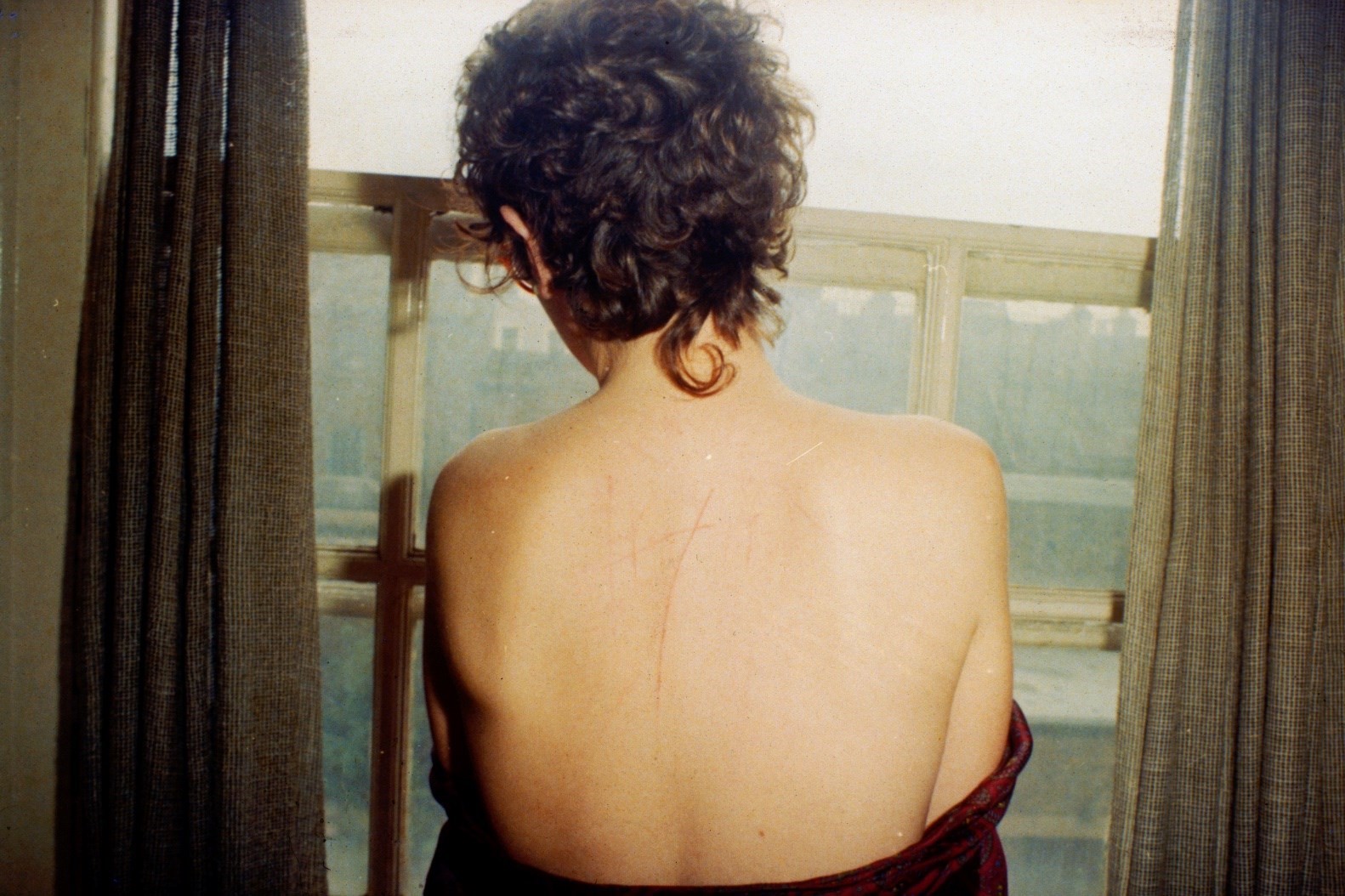In 2018, activists staged a die-in beside a 2,000-year-old Egyptian temple in the Sackler Wing of New York’s Metropolitan Museum. The protest targeted the billionaire Sackler family – whose company Purdue Pharma is responsible for the manufacture of prescription painkiller OxyContin – in a bid to hold them accountable for their role in an opioid epidemic that has claimed more than 500,000 lives since 2000 in the US. The next year, the same group launched a blizzard of fake OxyContin prescriptions from the spiralling floors of the Guggenheim, demanding an end to the institution’s acceptance of Sackler donations.
Both demonstrations were potent messages stage-managed by one of the most unflinching and influential artists alive today – Nan Goldin. She brought footage of those happenings to an equally formidable image-maker, Laura Poitras, whose films include the Oscar-winning documentary on whistleblower Edward Snowden, Citizen Four. Poitras’ resulting film, All the Beauty and the Bloodshed, is as powerful as you might expect given the pair’s collective history of radical work. With a wrenching and typically candid voiceover from Goldin, it stretches from the artist’s claustrophobic upbringing in a Boston suburb, through multiple foster homes to the grimy streets of 1980s New York, where she created indelible images of the artists, misfits and hard-living hustlers that made up her circle of friends and lovers.
Weaved throughout Goldin’s trove of photographs – including the rawly beautiful slideshow The Ballad of Sexual Dependency – is the story of her unflagging crusade as the founder of PAIN (Prescription Addiction Intervention Now). The art world’s response to that campaign was a tumbleweed-silence at first; but when the National Gallery rejected a million-dollar Sackler donation (Goldin threatened to pull a retrospective of her work if they accepted), others began to capitulate. Today the Met has scraped the Sackler name off its walls and severed financial ties, along with the Tate, the British Museum, the Louvre, and the Serpentine Gallery.
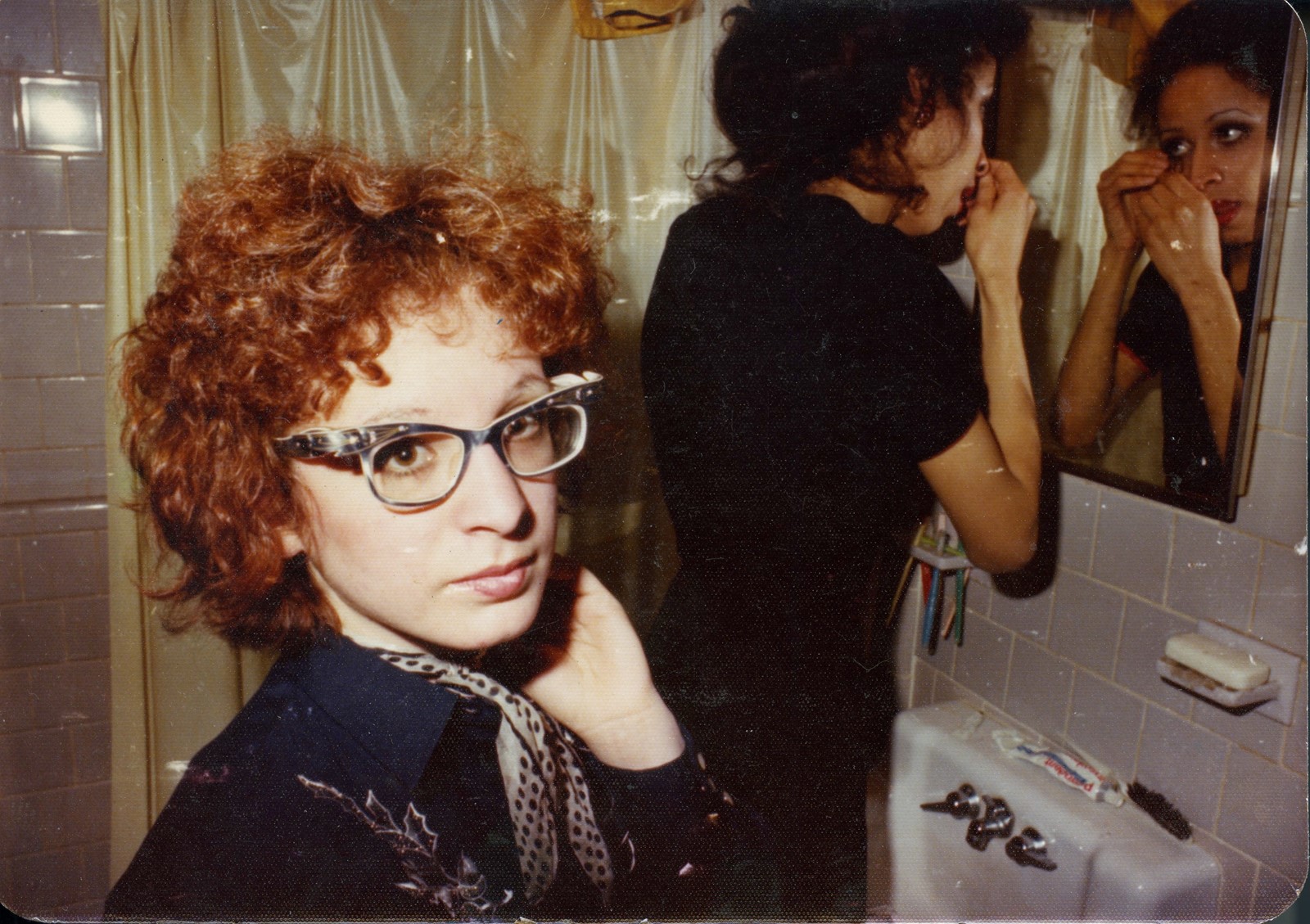
Poitras’ film captures the action from inside PAIN’s headquarters – aka Goldin’s front room – where against all odds, a handful of tenacious individuals brought about the downfall of a family with untold wealth and power. All the Beauty and the Bloodshed won the Golden Lion at Venice Film Festival last year and has just been nominated for an Academy Award. Purdue Pharma, meanwhile, has filed for bankruptcy.
We met with Poitras in London, where the V&A museum was the latest to take down the Sackler name.
Hannah Lack: You had some difficult personal subjects to cover with Nan in your interviews – how did you negotiate that?
Laura Poitras: We really did. Her relationship to the people she photographs is so collaborative, it gives them agency and I love that. So I think the intimacy you see in the film is because we established a similar collaboration where she could speak freely and we then had a process of deciding if it was okay to use. For instance, if she didn’t want to talk about her ex-boyfriend and being battered by him, I would’ve respected that. She’s sharing something so deeply personal. Obviously given my past films, I was very interested in Nan’s activism around the Sacklers and the opioid crisis. But then it broadened. I love her voice and when I started doing these interviews they were so riveting, my experience of it was incredibly emotional and raw and unfiltered.
“I saw this drive she [Nan Goldin] had of rejecting the laws of society” – Laura Poitras
HL: Can you remember how Nan’s work struck you the first time you came across it?
LP: I’ve known about her work for as long as I’ve made films, since I studied filmmaking at San Francisco Art Institute. The Ballad of Sexual Dependency is so groundbreaking and mesmerising from a filmmaker’s perspective. The compositions, the intimacy, the lighting, her storytelling, the narrative, her use of music … It created a completely different vocabulary. She’s not an outsider: she’s documenting her lovers, her friends, her roommates and herself. When she says, I filmed my friend having sex and then I realised I had to photograph myself having sex – that is really radical, and still is today. We can learn so much from it.
HL: Did your understanding of her work shift through the making of All the Beauty and the Bloodshed?
LP: I guess I saw this drive she had of rejecting the laws of society. She’s driven to tell her story, but also make a record that can’t be changed, can’t be fucked with. And it’s in the film, where she talks about her sister and her sister’s suicide, and hearing her mother say, ‘Tell the children it was an accident.’ I think that idea that denial is somehow better than the truth, Nan just completely rejected. She rejected the societal pressures that ask us to accept that. She was driven to say something about reality and the truth.
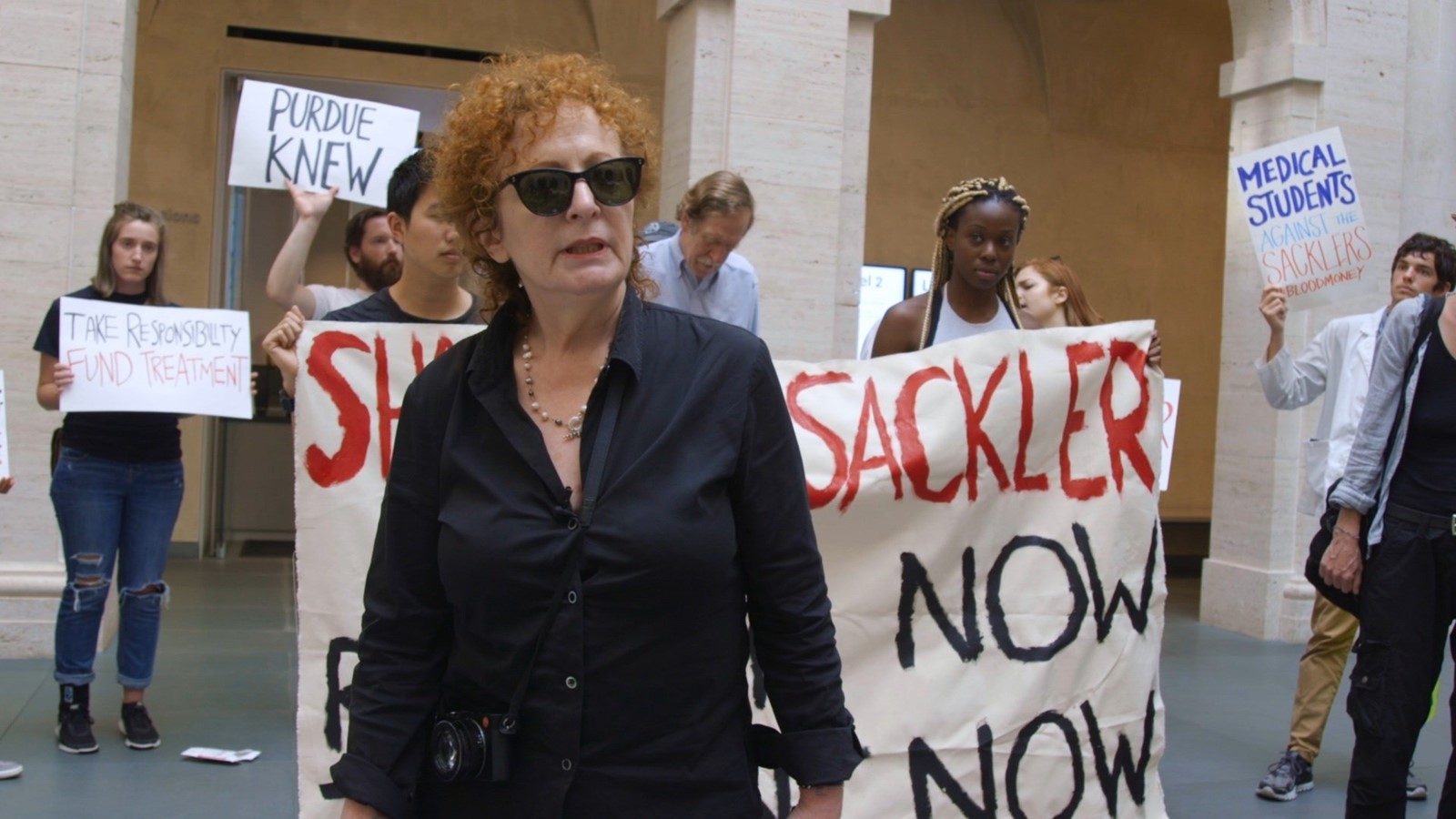
HL: Yeah, she says in the film, “The wrong things are kept secret.” And she felt similarly compelled to shine a light on the Sackler family.
LP: The way Nan describes it, she felt completely obligated to do it. I mean, she did it at a very fragile time. She had just come out of recovery, where the recommendation is you should try not to take on stressful situations. And I love the fact that Nan’s response was, let’s take down these billionaires.
HL: She talks openly about her previous addiction to OxyContin, after she was prescribed it after an operation.
LP: I mean, all of her work comes from her experience and from her body, quite literally. But that was strategic too. She knew that because she was talking about herself having experienced Oxy addiction, that would give her more authority to speak.
HL: The film interweaves footage of her 1989 exhibition Witnesses: Against Our Vanishing, which confronted the emergent Aids crisis and the injustice of the US government’s response to it. Do you see echoes there in today’s opioid crisis?
LP: At our first meeting at her apartment, Nan took out the catalogue from Witnesses. I knew then the film was going to juxtapose these two moments. Because in both Witnesses and with her PAIN/Sackler activism, Nan was an artist who, because of circumstances, was pushed into the public realm, or pushed into a political context. And there was amazing archival material of that 1989 exhibition: you have the protestors on the street the night the show opened, and hundreds of people came out in support, and the artist David Wojnarowicz, who’s been a hero of mine for so long. There he is on the phone getting the press calling him and sparking this controversy.
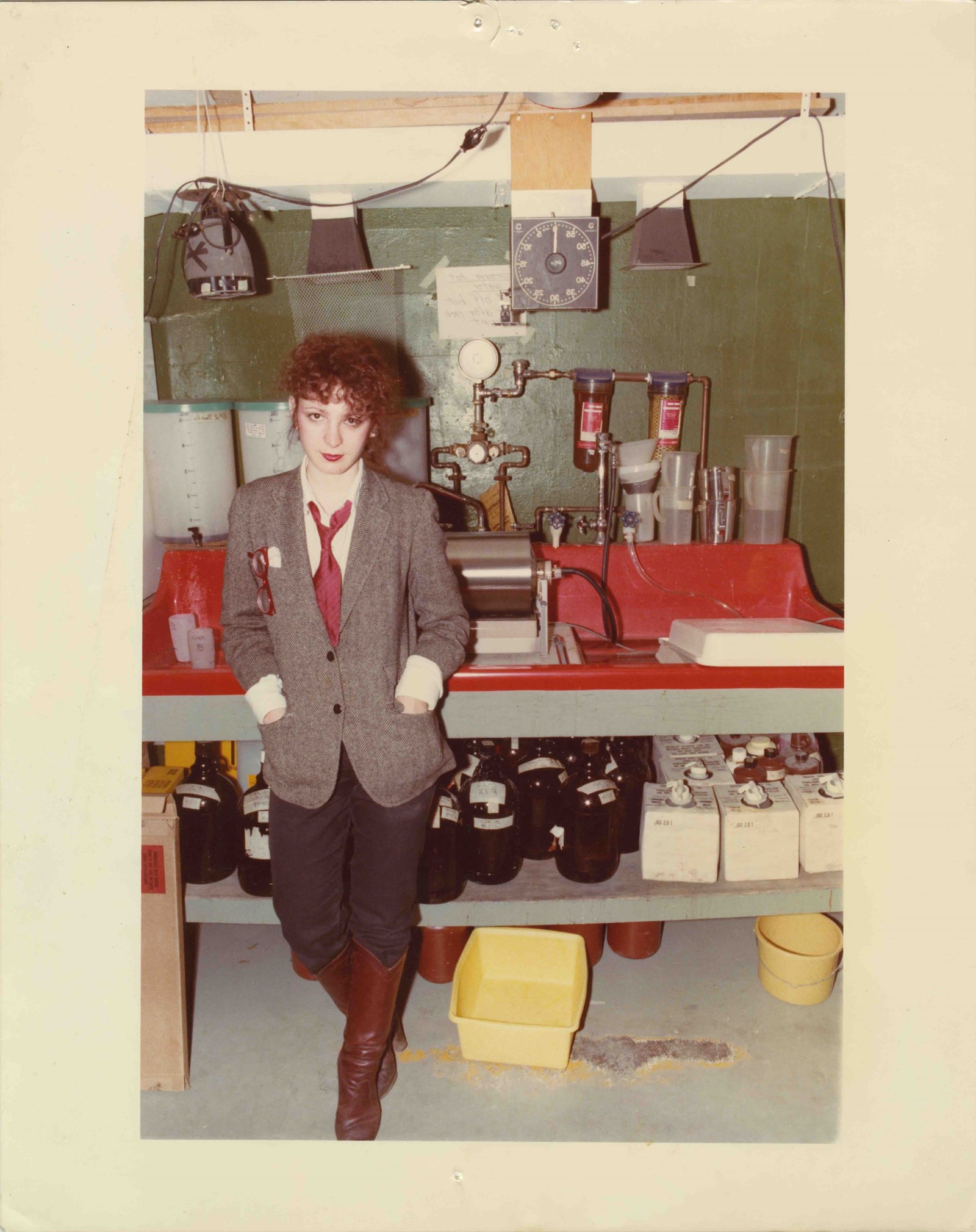
HL: There’d been articles and even a book highlighting the Sacklers’ role in the opioid crisis, but somehow the Sackler connection hadn’t crystallised until Nan’s campaign.
LP: Yeah, a lot of journalists had done really important work – Barry Meyer, a journalist at the New York Times, wrote a book in the early 2000s that exposed the absolute corruption and the mislabeling of the addictive properties of OxyContin. If the United States had a functioning government, it should have been shut down 20 years ago; that book should have put an end to it. And yet the Sacklers continued to shamelessly profit off of people’s pain and in the most obscene way.
They targeted doctors – they’d look at their database and see which doctors were prescribing the most OxyContin and then invite them on weekend trips to Florida and wine and dine them. There were kickback schemes to people who sold to those doctors. But the Sacklers very strategically kept their name out of the news, and they have an army of lawyers and billions of dollars. When Nan started her organisation in 2018, nobody was questioning the fact that the Sackler name was on the wings of the Louvre, the Tate, the V&A ... and yet this money was directly tied. It was not even indirect investment – which I don’t support either. For example, if you invest money in the military-industrial complex, you’re still associated with death and you should be held accountable. But the Sacklers were in boardrooms and they were seeing that people were becoming addicted and dying. And their response was not, ‘How do we stop it?’, but ‘How do we sell more?’
“There is no accountability for the Sacklers except for shaming them in cultural spaces. And that’s a meaningful victory, but it does not create structural change” – Laura Poitras
HL: Why do you think Nan’s campaign was so effective?
LP: She changed the ball game. The fact that she is a renowned artist who’s collected by these museums, who’s risking her career and staging these protests, it couldn’t be ignored. The Sackler name couldn’t pretend to be divorced from the opioid crisis. It is one and the same. If museums are about art and the public, how can you defend this? I think it’s important to say her campaign was really risky, and was not done without fear. The army of lawyers the Sackers sent after them, the intimidation through private investigators and the reputational attacks … and she still went ahead. I think she didn’t even question it, but the risk was real, it was very palpable. And for a long time, the museums said nothing. They thought it would go away.
HL: They underestimated her completely.
LP: Totally underestimated her! That’s something Nan and I have laughed about because we’ve both been underestimated in our work. And then people go, ‘Oh, shit.’
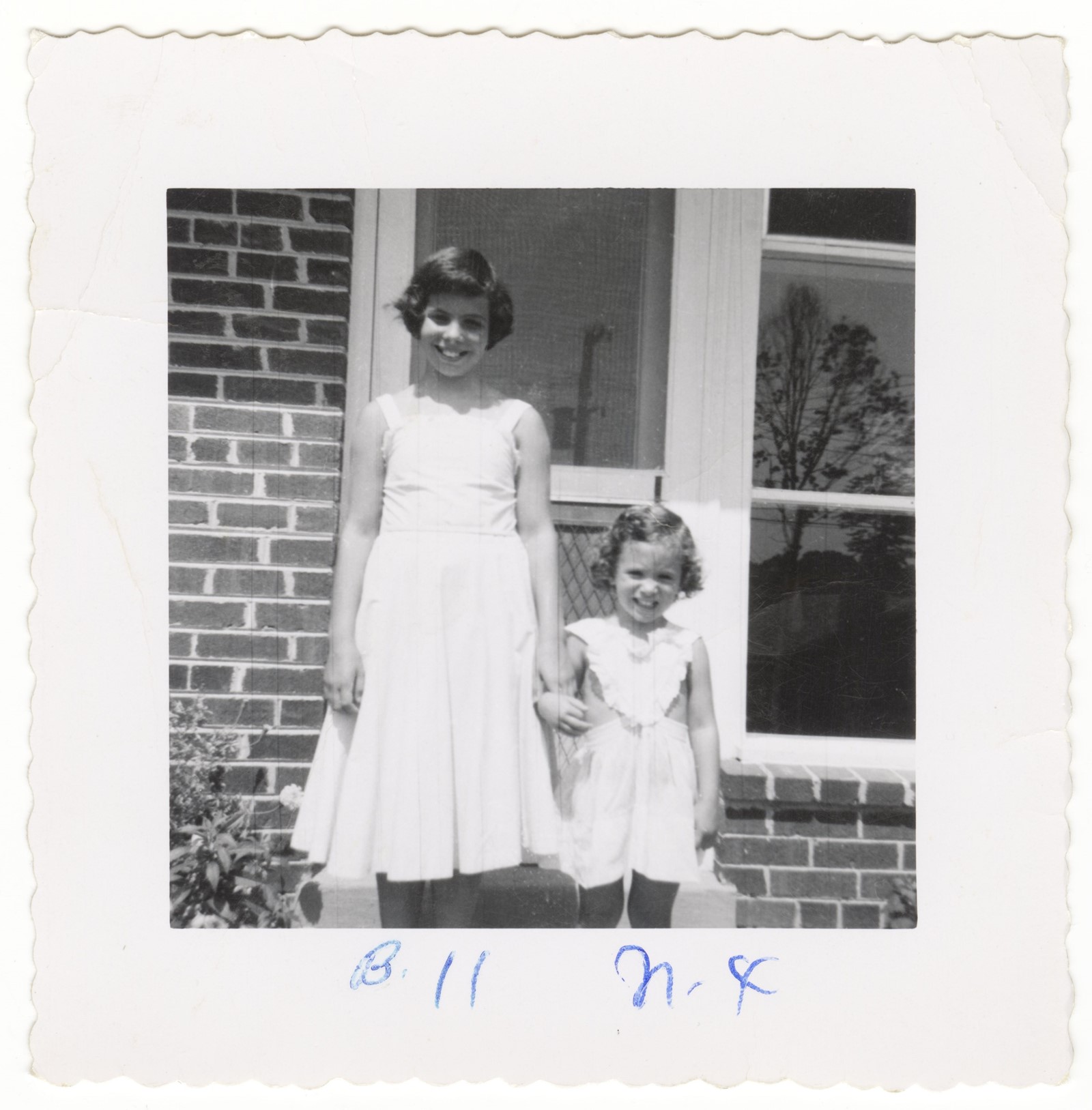
HL: The Sackler victory is bittersweet; how do you feel about where things stand?
LP: First of all, they’re getting away with it – none of them have gone to jail. None of them have declared bankruptcy themselves. They’re going to be richer than ever. The payment is over many years, it’s a fraction of their fortune. There is no accountability for the Sacklers except for shaming them in cultural spaces. And that’s a meaningful victory, but it does not create structural change and it is nowhere close to accountability given their culpability. So it’s definitely bittersweet. The devastation and death they wreaked with OxyContin is still being felt and will be felt for generations. The death toll gets higher every year. This story is not over.
All the Beauty and the Bloodshed is out in UK cinemas on January 27.
